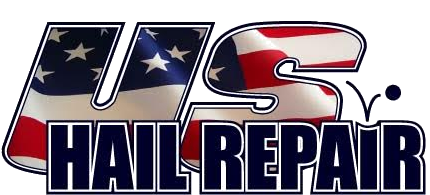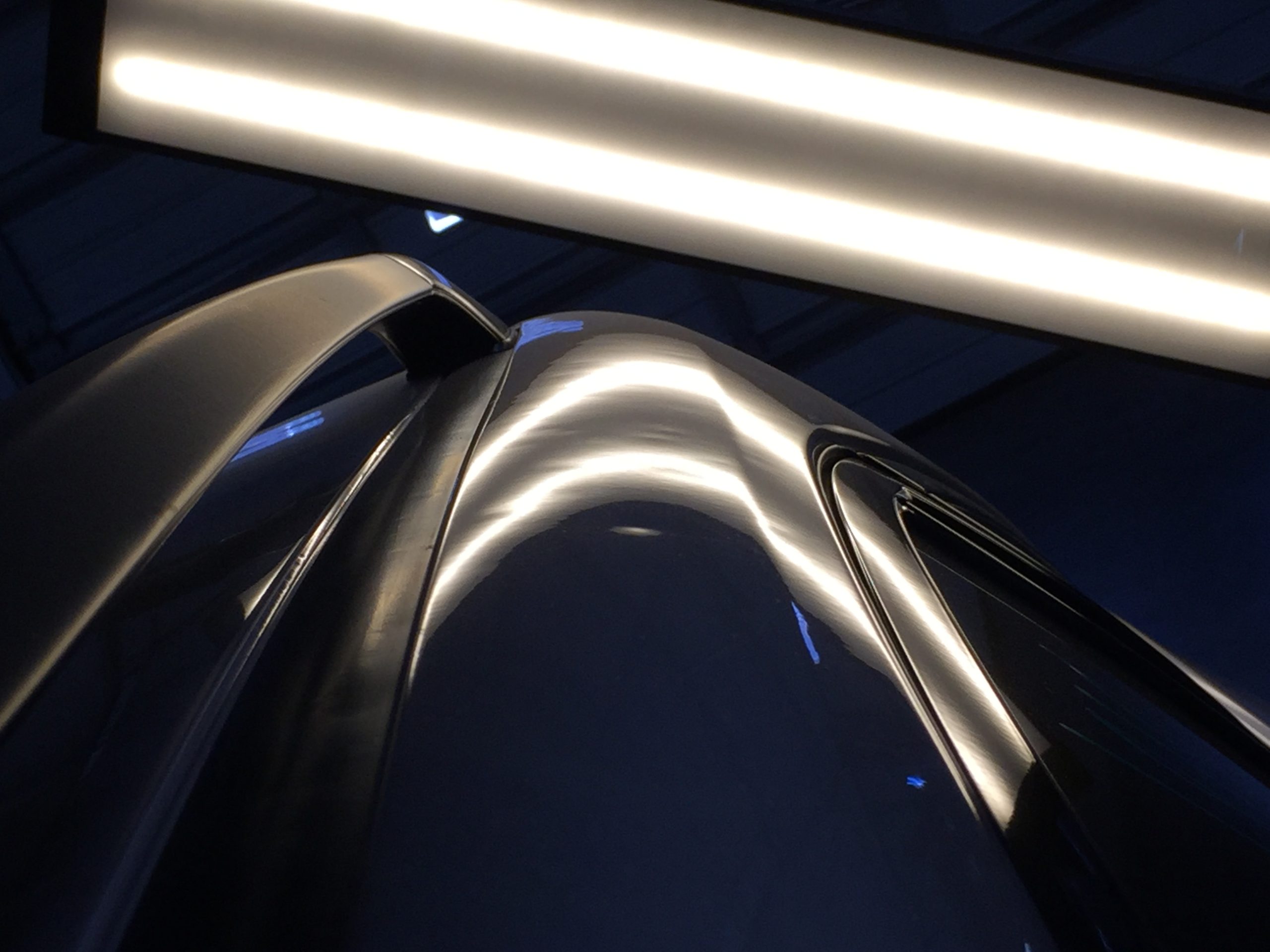Hailstorms can leave a trail of dented metal and shattered glass that often requires professional repair. With the automotive repair industry evolving rapidly, staying abreast of the latest technologies and trends in hail damage repair is essential. This article explores the newest innovations in Paintless Dent Repair (PDR), digital assessment tools, eco-friendly solutions, mobile services, and insurance integration that are transforming how hail damage is repaired.
Advancements in Paintless Dent Repair (PDR)
Paintless Dent Repair (PDR) has long been a preferred method for repairing hail damage due to its efficiency and cost-effectiveness. Recent innovations in PDR include the development of more sophisticated tools that allow technicians to remove dents more accurately and quickly than ever before. These tools, combined with advanced training techniques, ensure that vehicles retain their original paint and structural integrity, making PDR a staple in modern hail damage repair.
Digital Imaging and Damage Assessment Technology
The integration of digital imaging and artificial intelligence in hail damage assessment marks a significant advancement in the repair process. These technologies allow for a more detailed and accurate evaluation of damage, which helps technicians develop a precise repair plan. The use of such cutting-edge technology not only enhances the quality of repairs but also streamlines the communication with customers about what repairs are necessary and why.
Eco-Friendly Repair Solutions
As sustainability becomes a priority across industries, the auto repair sector is not left behind. Eco-friendly hail repair solutions include the use of recyclable materials and solvents that are less harmful to the environment. These practices help reduce the ecological footprint of repair work and appeal to environmentally conscious consumers who value green business practices.
Mobile Repair Services
Mobile repair services have grown in popularity, providing convenience to customers by bringing the repair to them. These services are particularly advantageous for hail damage repair, as they can be deployed immediately after a storm, allowing for quick and efficient service. This not only saves time for the vehicle owner but also reduces the logistical burden of transporting vehicles to a repair shop.
Integration with Insurance Providers
Recent trends show a move towards closer integration between hail repair services and insurance providers. This collaboration has led to faster claims processing and less paperwork for customers. Many repair services now offer direct billing to insurance companies, which simplifies the repair process and reduces out-of-pocket expenses for vehicle owners.
Training and Certification Advances
The quality of hail damage repair largely depends on the skill of the technician. Recognizing this, the industry has seen a push towards more rigorous training programs and certifications. These programs are designed to equip technicians with the latest PDR techniques and technologies, ensuring high-quality repairs that meet current industry standards.
Conclusion
Keeping up with the latest trends and technologies in hail damage repair is crucial for providing top-notch service and ensuring customer satisfaction. As the industry evolves, so does the efficiency and quality of repair work. Vehicle owners are encouraged to seek out repair services that adopt these innovative approaches to ensure their vehicles are restored to their pre-damage state with minimal environmental impact.
By staying informed about these advancements, vehicle owners and repair services alike can navigate the challenges of hail damage repair more effectively, ensuring vehicles are not only repaired to a high standard but also in a manner that aligns with modern consumer expectations.

